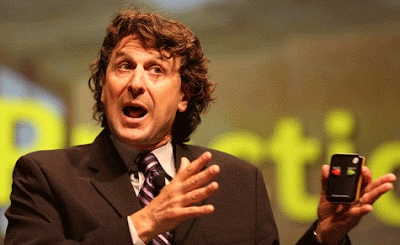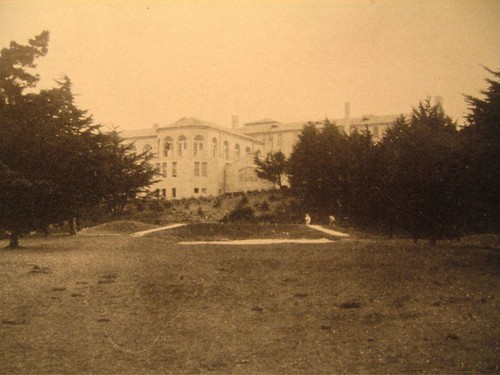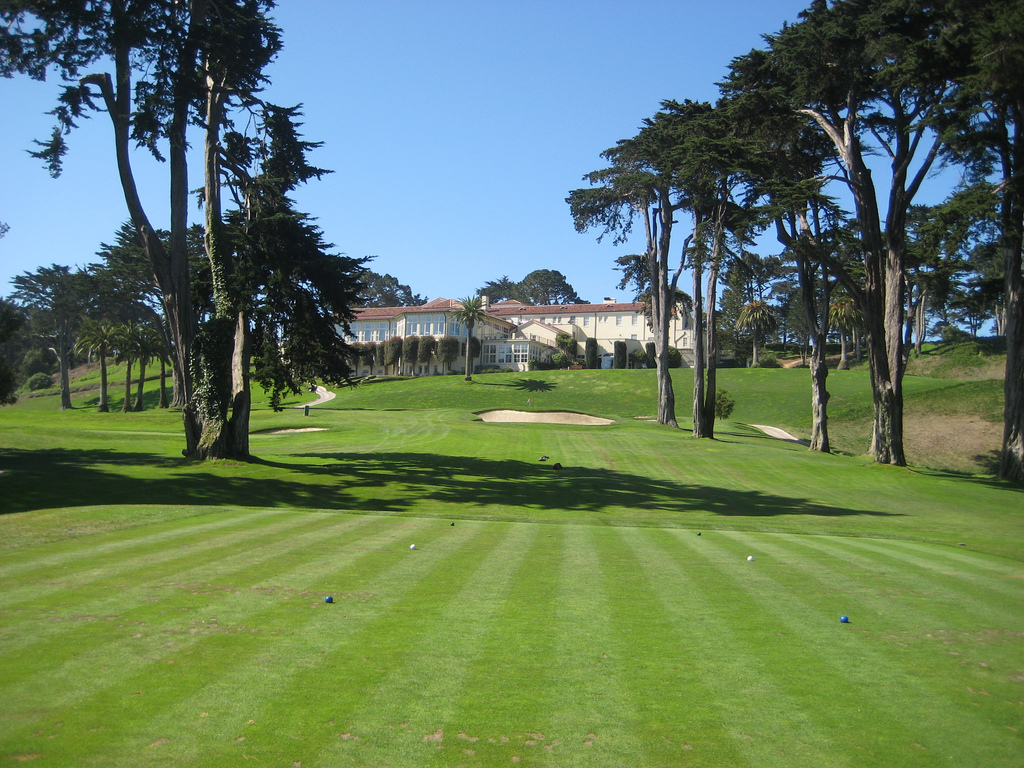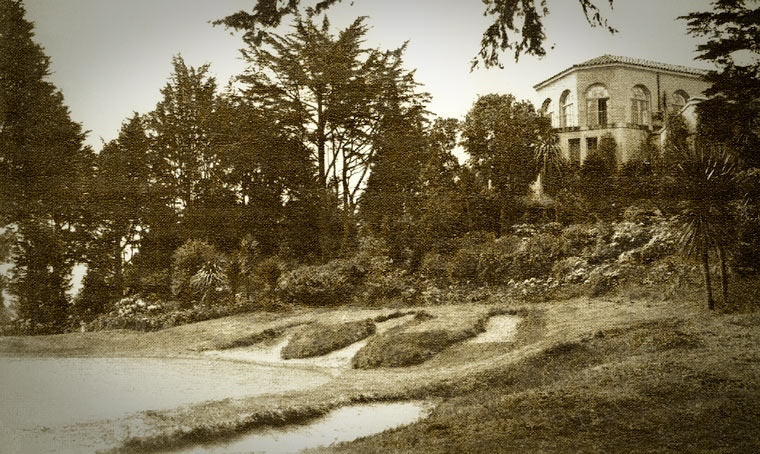The University of Melbourne, in conjunction with the Australian Golf Course Superintendents Association has started a major scientific study into the biodiversity and carbon benefits that golf courses provide within our cities. The study is to be run over the next three years with surveying already underway on the 13 Melbourne golf courses involved in the project. One of the early reports contained the following;
"Microbats are small, native mammals that can fly. They eat insects and can eat up to half of
"Microbats are small, native mammals that can fly. They eat insects and can eat up to half of
their body weight in insects each night. We recorded what bats fly around the golf courses at night using recording devices which we put inside boxes. So far, we have recorded the presence of bats in every course we visited, some courses recorded up to ten bat species. One of the most common species found in Melbourne is the Gould’s Wattled Bat. This bat only weighs 13 grams and eats beetles, flies and bugs. Unlike large fruit bats, most people never see or hear microbats flying around but they can be one of the most common urban mammals". So it just shows you what goes on at night on a golf course!
Well the rain has returned and the 3+ inches we have had the last couple of days has the courses well and truly saturated again. But it could be worse when you look at the famous 17th island green at Sawgrass TPC in Florida earlier this week after hurricane Debby came to town. All of Florida was hit very hard and there is widespread major damage across the state and you can only imagine what the golf courses look like.
Back on the Tweed and hopefully the forecast is right and the weather improves so we can get the courses up to speed for the start of the men's Club Champs next week.
.jpg?__SQUARESPACE_CACHEVERSION=1340760977670) |
| 17th green at Sawgrass |
 |
| Says it all really!! |












